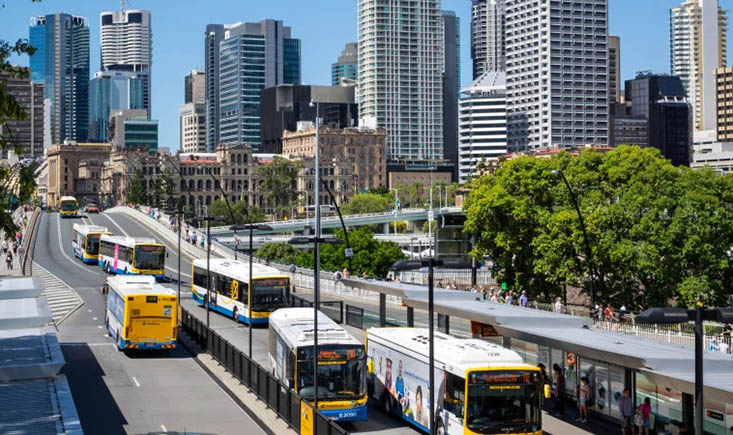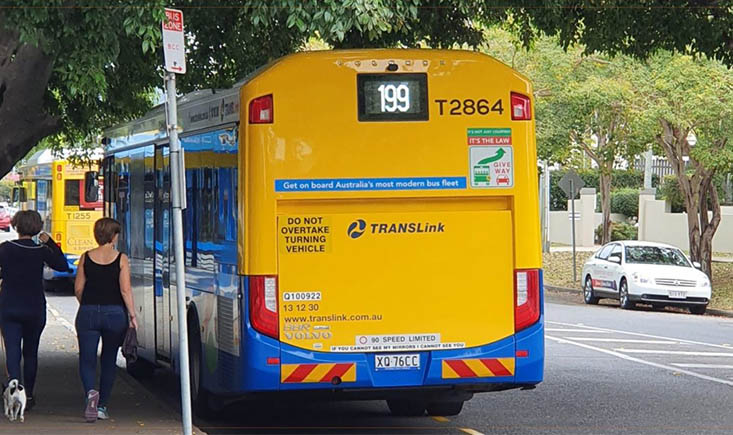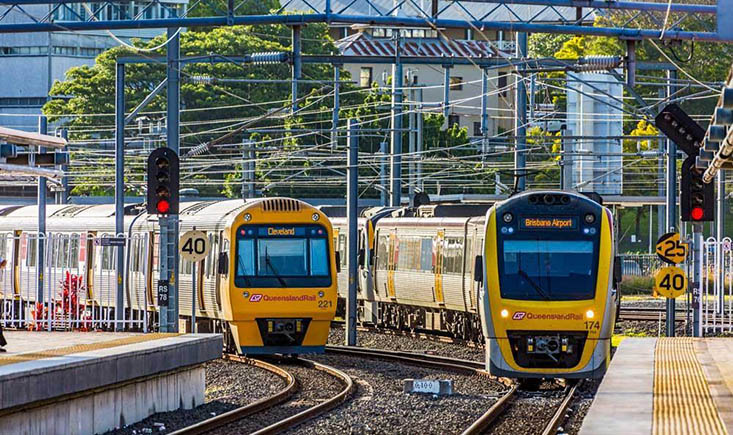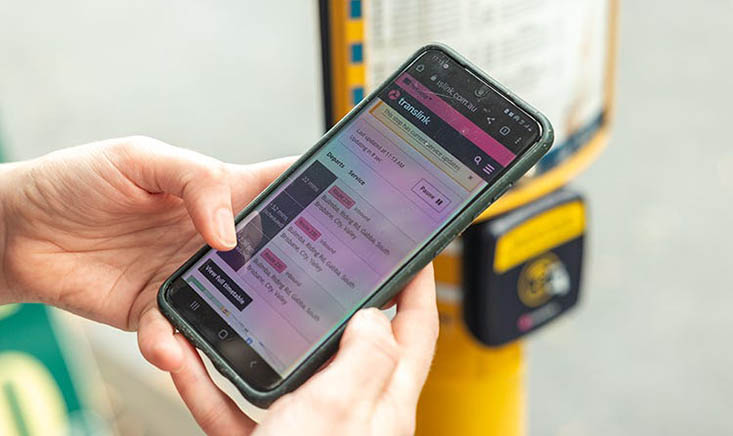
Navigating Brisbane’s Public Transport System Like a Pro
Travel TipsBrisbane, the capital of Queensland, is a vibrant city offering a variety of attractions from the picturesque South Bank Parklands to the bustling Queen Street Mall. Navigating Brisbane’s public transport system is a key skill for both residents and visitors alike. Understanding how to get around efficiently can enhance your travel experience and help you make the most of your time in this dynamic city. In this guide, I’ll provide a detailed overview of Brisbane’s public transport system, including buses, trains, ferries, and more, as well as tips for navigating the system like a pro.
1. Brisbane’s Public Transport Options
Brisbane’s public transport network is operated by TransLink and includes buses, trains, ferries, and the Brisbane CityCat. Each mode of transport is integrated into a unified ticketing system, making it relatively easy to travel across different parts of the city. Here’s a breakdown of the main options available:
a. Buses
Brisbane’s bus network is extensive, covering the entire city and surrounding suburbs. Buses are a convenient option for short to medium distances and operate frequently throughout the day. Routes are categorized into different zones, and buses generally run from early morning until late at night, with some services operating 24 hours.
b. Trains
The train network connects Brisbane to its outer suburbs and regional areas. Trains are a great choice for longer distances and provide a comfortable and efficient way to travel. The network is divided into different lines, each serving various parts of the city and beyond.
c. Ferries
Brisbane’s ferry services, including the CityCat and CityFerry, offer a scenic and leisurely way to travel along the Brisbane River. Ferries are popular for both commuting and sightseeing, providing a unique perspective of the city’s landmarks.
d. Brisbane CityCat
The Brisbane CityCat is a high-speed catamaran service that operates along the Brisbane River. It’s a popular choice for both locals and tourists due to its efficiency and the stunning views it offers. The CityCat service is ideal for reaching destinations like South Bank, New Farm, and the University of Queensland.
2. Getting Around by Bus
a. Finding the Right Bus Route
To navigate Brisbane’s bus network, start by identifying your starting point and destination. Use the TransLink website or app to find the best route. Enter your departure and arrival points, and the system will provide you with route options, including transfer information if needed.

b. Understanding Bus Stops and Timetables
Bus stops are marked with a sign that includes route numbers and timetables. Buses in Brisbane are generally punctual, but it’s a good idea to check real-time updates through the TransLink app or website. Timetables are available at each bus stop, and many stops also feature digital displays showing real-time departure information.
c. Purchasing and Using Tickets
To board a bus, you’ll need to use a go card or purchase a paper ticket. The go card is a smart card used for paying fares across all modes of public transport in Brisbane. You can top up your go card at various locations, including train stations, convenience stores, and online. Simply tap on and tap off at the card reader on the bus to pay for your journey.
d. Tips for Bus Travel
- Plan Ahead: Use the TransLink journey planner to map out your route and check bus arrival times.
- Keep Your Go Card Handy: Always carry your go card and top it up regularly to avoid any inconvenience.
- Be Aware of Peak Hours: Buses can get crowded during peak hours, especially during the morning and evening commutes.
3. Traveling by Train
a. Understanding Train Lines and Stations
Brisbane’s train network is divided into several lines, including the North Coast, South Coast, Ipswich, and Moreton Bay lines. Major stations include Brisbane Central, Roma Street, and South Brisbane. Use the TransLink website or app to check the train timetable and plan your journey based on the line you need.

b. Purchasing and Using Tickets
Similar to buses, trains require a go card or paper ticket. The go card is the most convenient option, allowing you to simply tap on and off at the card readers located at train stations. For occasional travelers, paper tickets can be purchased from ticket vending machines available at major train stations.
c. Understanding Zones and Fares
Brisbane’s train network operates on a zonal fare system. The cost of your journey depends on the number of zones you travel through. The go card provides a discounted fare compared to paper tickets, so it’s generally more economical if you’re planning multiple trips.
d. Tips for Train Travel
- Check Train Schedules: Use the TransLink app or website to check train schedules and platform information.
- Travel During Off-Peak Hours: Trains can be crowded during rush hours. If possible, travel during off-peak times to enjoy a more comfortable journey.
- Keep an Eye on Your Belongings: As with any public transport, keep your belongings secure and be aware of your surroundings.
4. Exploring Brisbane by Ferry
a. Understanding Ferry Routes and Services
The Brisbane CityCat and CityFerry services are operated by TransLink and provide a scenic way to travel along the Brisbane River. The CityCat service covers a more extensive route, while CityFerries serve specific local areas. Check the TransLink website or app for route maps and schedules.
b. Purchasing and Using Tickets
Ferry rides also use the go card system. Simply tap on and tap off at the card reader located on the ferry. Paper tickets are available for single journeys at ferry terminals but using a go card is generally more convenient.
c. Tips for Ferry Travel
- Enjoy the Scenery: The ferry ride offers beautiful views of Brisbane’s riverside attractions and landmarks.
- Check the Weather: Ferries can be affected by weather conditions, so check the forecast before traveling.
- Plan Your Journey: Use the TransLink app to plan your ferry journey and check for any service disruptions.
5. Navigating the Brisbane CityCycle Program
a. Overview of CityCycle
CityCycle is Brisbane’s public bike hire scheme, offering an eco-friendly and convenient way to explore the city. With numerous bike stations located around Brisbane, you can easily pick up and drop off bikes at various points.
b. Using the CityCycle Service
To use CityCycle, you need to register online or at a CityCycle station. Once registered, you can rent a bike using the CityCycle app or at the bike station kiosk. Follow the instructions to unlock a bike and return it to any CityCycle station when you’re done.
c. Tips for Using CityCycle
- Check Bike Availability: Use the CityCycle app to check for available bikes and docking stations near your location.
- Follow Safety Rules: Wear a helmet, follow local traffic laws, and use bike lanes where available.
- Plan Your Route: Plan your route in advance and consider the distance and terrain when choosing a bike.
6. Utilizing the TransLink App and Website
a. Downloading the App
The TransLink app is an essential tool for navigating Brisbane’s public transport system. It provides real-time information on bus, train, ferry, and CityCycle services, allowing you to plan your journey, check schedules, and receive updates on service disruptions.

b. Using the Website
The TransLink website offers similar functionality, with additional features like fare calculators, route maps, and travel advice. It’s a useful resource for planning your journey and getting detailed information about public transport services.
c. Tips for Using the TransLink App and Website
- Set Up Alerts: Use the app to set up alerts for service changes or disruptions on your regular routes.
- Plan Ahead: Use the journey planner feature to get detailed route information and estimated travel times.
- Stay Informed: Check the app or website for real-time updates and notifications about public transport services.
7. Tips for Navigating Public Transport Efficiently
a. Plan Your Routes in Advance
Planning your routes in advance helps you avoid confusion and delays. Use the TransLink journey planner to find the best routes and connections for your trip.
b. Be Aware of Peak Hours
Public transport can be crowded during peak hours, typically between 7:00-9:00 AM and 4:30-6:30 PM on weekdays. If possible, travel outside these times for a more comfortable experience.
c. Keep Your Go Card Topped Up
Ensure your go card is always topped up to avoid any inconvenience. You can add funds at various locations, including train stations and convenience stores.
d. Respect Public Transport Etiquette
Be courteous to other passengers by following public transport etiquette. This includes giving up your seat for those in need, keeping noise levels down, and storing bags and belongings properly.
e. Stay Safe and Secure
Always be aware of your surroundings and keep your belongings secure while using public transport. Report any suspicious activity to transit staff or authorities.
Navigating Brisbane’s public transport system can be a seamless and enjoyable experience with the right knowledge and preparation. By understanding the different modes of transport, using tools like the TransLink app, and following the tips provided, you’ll be able to travel efficiently and comfortably throughout the city. Whether you’re exploring the city’s attractions, commuting to work, or simply getting around, Brisbane’s public transport system offers a convenient and cost-effective way to reach your destination.
You may also like
Recent Posts
- Savor the Plant-Based Delights! Top 3 Vegan Hotspots in Austin
- Austin Travel Budget Guide: Comprehensive Planning from Flights to Food
- Budget-Friendly and Stylish: A Guide to High-Value Boutique Stays in Austin
- Top 5 Must-Visit Destinations Around Austin: From Natural Parks to Texan Small Towns
- 10 Must-Try Local Delicacies in Monterrey: My Personal Experiences and Delicious Recommendations

Leave a Reply